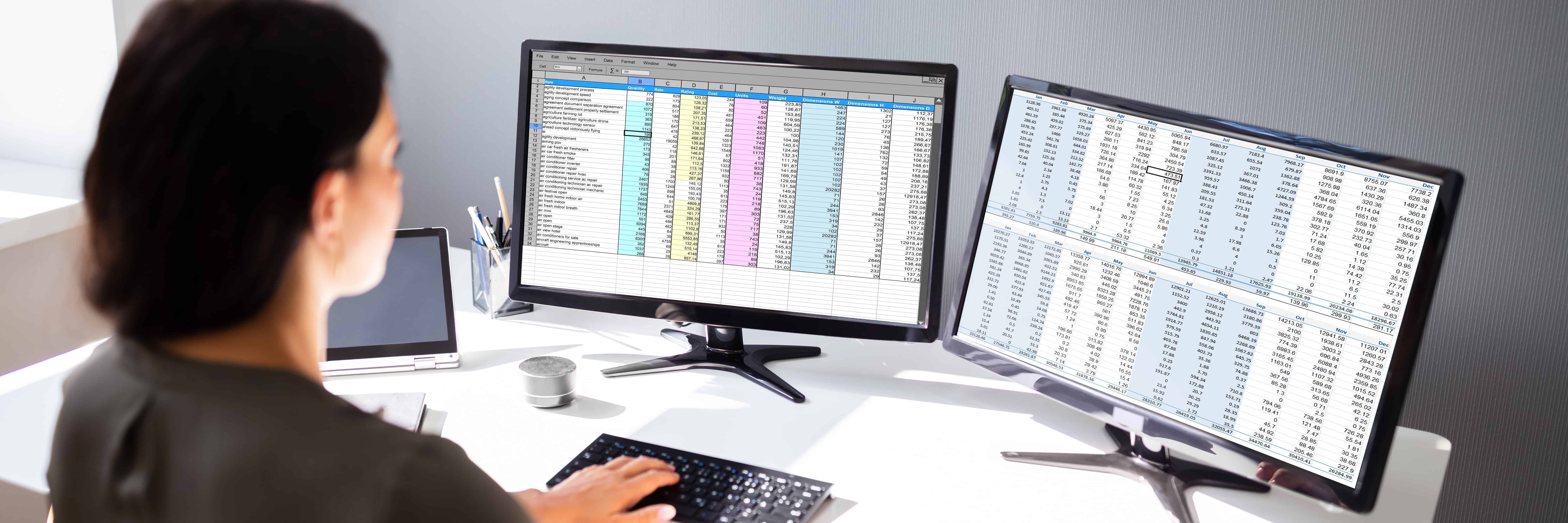Health systems struggle to manage a growing caseload of denials and underpaid claims as denial rates increase 20% over the past five years. With 33% of hospitals now reporting average claim denial rates of 10% or more, providers spend nearly $8.6 billion a year appealing and overturning denied claims. This trend seriously impacts reimbursement negatively. But as high-performing revenue cycle teams have learned, an ounce of denial prevention is worth a pound of cure, and that starts with coding clean claims.
Going on offense with the revenue cycle
While many causes can lead to an insurance claim denial, most denials are preventable. It’s fundamental to proactively put fixes in place by identifying the denial root cause — most often related to eligibility and authorization issues, incomplete clinical documentation and missing or invalid claim data — but also to empower oneself to hold payers accountable.
Providers need to switch from defense to offense to protect their margins and navigate constantly changing payer-reimbursement requirements. One recent trend that providers are seeing is increased payer scrutiny of medical necessity to deny claims. That’s why R1 uses advanced analytics and algorithms to help clients identify diagnostic codes that payers are most likely to deny.
Top 5 denied diagnostic codes
- A41.9 – Sepsis, unspecified organism
- J96.01 – Acute respiratory failure with hypoxia
- N17.9 – Acute kidney failure, unspecified
- G93.41 – Metabolic encephalopathy
- E87.1 – Hypoosmoality and hyponatremia
The importance of first-pass clean claims
A generally accepted definition of a clean claim is one that payers can process and pay the first time it is submitted. While back-end denials management is an important component of revenue capture, the first-pass resolution rate is a strong indicator of how effective revenue cycle processes are from front to back. Here are 10 best practices for submitting clean claims the first time.
Ten clean claims best practices
While incorrect coding in a claim will almost certainly lead to denial, coding itself is only one piece of the clean claims puzzle. Administrative deficiencies can also lead to denied claims. It’s strategically important to take a holistic approach to claims management that prioritizes clean claim submission. Here are 10 things you can do to help code and bill clean claims.
- Keep patient information updated — patient data is subject to constant change and outdated information can trigger denials. Confirm or update basic information like addresses, phone numbers, employer and insurance plan at every patient encounter.
- Verify eligibility and authorization before the date of service — these steps are critical for submitting clean claims yet account for about a quarter of all denials. They are also labor-intensive processes that can reduce staff capacity. With labor shortages as the new normal, leveraging a technology partner with healthcare RCM expertise that supports the financial-clearance process is prudent to avoiding front-end denials.
- Provide detailed clinical documentation — few things are more critical for clean claims than documenting the actual services provided so they can be properly coded and billed. But with more payers challenging claims on medical-necessity grounds, clinical documentation takes on even greater importance.
- Keep an eye on the calendar — failure to file claims according to the specified payer terms and timelines makes even an otherwise clean claim an easy target for denial. Regular reviews of timely filing and pending claims should include a check of submission deadlines to help prioritize work queues.
- Double check modifiers to ensure correct usage — coding modifiers need to be applied correctly and to the correct procedure. The National Correct Coding Initiative has useful tools for providers to help ensure medical coders are using modifiers correctly and efficiently.
- Follow payer-specific coding guidelines — different payers can have different coding guidelines that are specified and required. Creating payer-specific Local Coverage Determination guidelines will help coders verify compatibility.
- Implement quality-control checks — claim scrubbing should be a required step in any submission process. Technology tools can make these quality-control reviews more efficient and effective. Providers can go a step further by employing analytics across RCM departments to identify denial trends and determine root causes. Prescriptive analytics can go further still by providing guidance on how to resolve identified issues.
- Maintain the chargemaster — as the final authority on service fees, the chargemaster needs to be maintained to reflect Centers for Medicare and Medicaid Services updates, pricing changes, and new procedures and drugs. Quarterly updating is recommended.
- Find opportunities to automate — claims management involves a considerable amount of manual, repetitive processes that can easily be automated. This can not only increase staff capacity and shorten cycles, but it can also reduce transcription and other data errors.
- Know and track your KPIs — providers have a variety of metrics available to help them understand the current state of their claims-management processes. Clean claims rate and first-pass rate are two of the more useful for measuring performance in this area, but denials rate and other indicators are also helpful.
Health systems find themselves besieged by the financial woes of escalating costs and a reimbursement environment that seems ever more challenging. Preventing denials and prioritizing clean claims to payers is an important strategy for accelerating and optimizing revenue.
The R1 Platform powers every Revenue Intelligence® Solution, including Charge Capture, DRG Validation and Denials Recovery.
Click here to learn more about R1 Platform.





